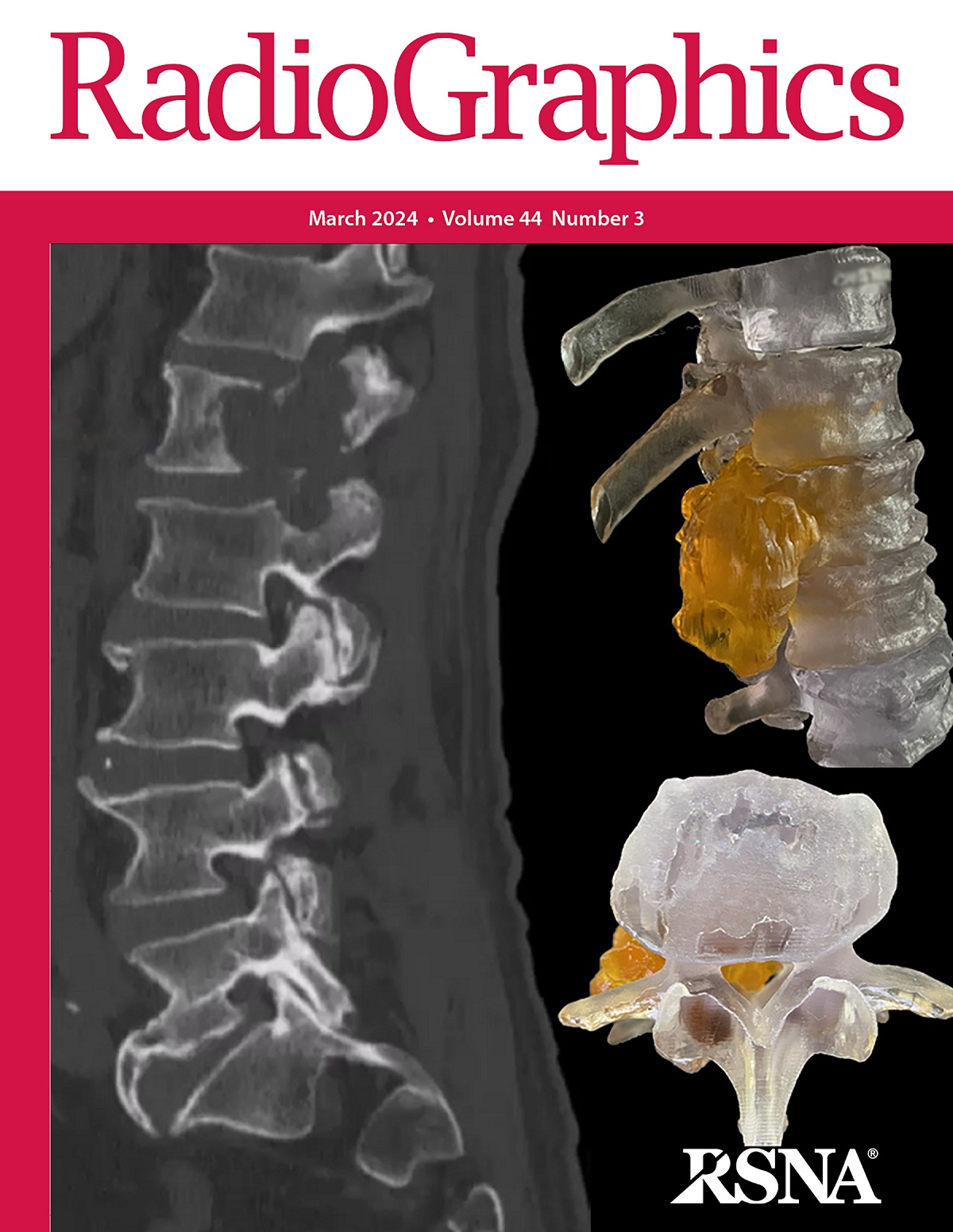求助PDF
{"title":"US of Acute Tendon Tears.","authors":"Lisa M Billone, Sarah J Allred, Dyan V Flores","doi":"10.1148/rg.240060","DOIUrl":null,"url":null,"abstract":"<p><p>US is an effective tool for appraising acute tendon injury, allowing rapid evaluation of symptoms at bedside and paving the way for prompt diagnosis and treatment selection. It offers three main advantages in the acute or emergent setting. First, it is more sensitive and specific than physical examination. This is beneficial in tendons such as the distal triceps wherein incomplete and complete tears may manifest with similar clinical presentations. Tendon injury may also be clinically innocuous because bruising or a palpable defect is not always present and swelling may mask palpation of the tendon gap. Second, US provides important descriptors that may affect treatment selection, such as injury site, injury extent, and length of retraction. Pectoralis major tears at the tendon or musculotendinous junction warrant operative referral and are readily illustrated at US. A torn distal biceps tendon with significant retraction may require additional graft augmentation rather than reattachment to the insertion alone. Soleus and gastrocnemius strains may mimic each other clinically. Although both are managed conservatively, distinction between the two facilitates formulation of a specific rehabilitation regimen. Finally, US can narrow the differential diagnosis and rule out mimics of musculoskeletal abnormalities. Nonmusculoskeletal conditions, such as deep venous thrombosis and a ruptured Baker cyst, can manifest with the same clinical presentation as acute calf injuries and must be considered in a patient presenting with sudden calf, posterior leg, or ankle pain. The authors review the anatomic features, US techniques, and imaging findings of acute tendon injuries to aid in meaningful reporting and timely treatment selection. <sup>©</sup>RSNA, 2024 Supplemental material is available for this article.</p>","PeriodicalId":54512,"journal":{"name":"Radiographics","volume":"44 12","pages":"e240060"},"PeriodicalIF":5.2000,"publicationDate":"2024-12-01","publicationTypes":"Journal Article","fieldsOfStudy":null,"isOpenAccess":false,"openAccessPdf":"","citationCount":"0","resultStr":null,"platform":"Semanticscholar","paperid":null,"PeriodicalName":"Radiographics","FirstCategoryId":"3","ListUrlMain":"https://doi.org/10.1148/rg.240060","RegionNum":1,"RegionCategory":"医学","ArticlePicture":[],"TitleCN":null,"AbstractTextCN":null,"PMCID":null,"EPubDate":"","PubModel":"","JCR":"Q1","JCRName":"RADIOLOGY, NUCLEAR MEDICINE & MEDICAL IMAGING","Score":null,"Total":0}
引用次数: 0
引用
批量引用
Abstract
US is an effective tool for appraising acute tendon injury, allowing rapid evaluation of symptoms at bedside and paving the way for prompt diagnosis and treatment selection. It offers three main advantages in the acute or emergent setting. First, it is more sensitive and specific than physical examination. This is beneficial in tendons such as the distal triceps wherein incomplete and complete tears may manifest with similar clinical presentations. Tendon injury may also be clinically innocuous because bruising or a palpable defect is not always present and swelling may mask palpation of the tendon gap. Second, US provides important descriptors that may affect treatment selection, such as injury site, injury extent, and length of retraction. Pectoralis major tears at the tendon or musculotendinous junction warrant operative referral and are readily illustrated at US. A torn distal biceps tendon with significant retraction may require additional graft augmentation rather than reattachment to the insertion alone. Soleus and gastrocnemius strains may mimic each other clinically. Although both are managed conservatively, distinction between the two facilitates formulation of a specific rehabilitation regimen. Finally, US can narrow the differential diagnosis and rule out mimics of musculoskeletal abnormalities. Nonmusculoskeletal conditions, such as deep venous thrombosis and a ruptured Baker cyst, can manifest with the same clinical presentation as acute calf injuries and must be considered in a patient presenting with sudden calf, posterior leg, or ankle pain. The authors review the anatomic features, US techniques, and imaging findings of acute tendon injuries to aid in meaningful reporting and timely treatment selection. © RSNA, 2024 Supplemental material is available for this article.


